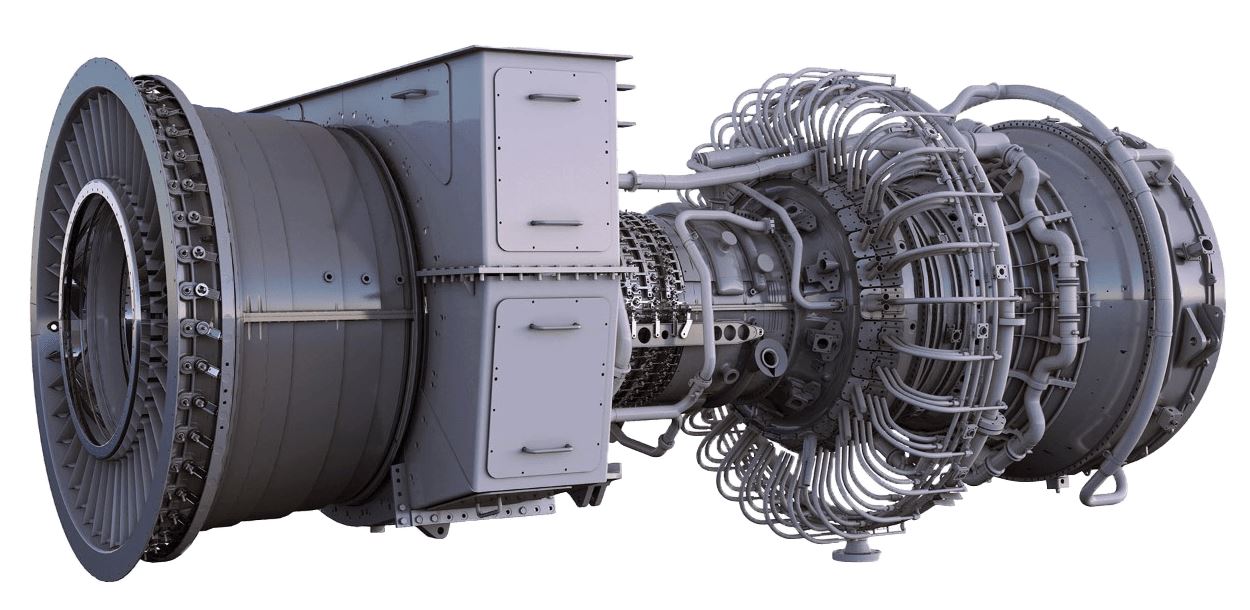 When operating gas turbines in cold climates, additional measures must be taken to ensure proper functioning. Without anti-icing systems and warm air systems for the turbine generator enclosure, there is the potential for power outages. The anti-icing systems prevent ice from forming on the intake filter systems, while the warm air systems keep the enclosure at a temperature suitable for start-up. In this week’s blog, I discuss both challenges faced with when ventilating gas turbines in cold regions.
When operating gas turbines in cold climates, additional measures must be taken to ensure proper functioning. Without anti-icing systems and warm air systems for the turbine generator enclosure, there is the potential for power outages. The anti-icing systems prevent ice from forming on the intake filter systems, while the warm air systems keep the enclosure at a temperature suitable for start-up. In this week’s blog, I discuss both challenges faced with when ventilating gas turbines in cold regions.
How to Prevent Freezing of Enclosures
When the temperature outside is below freezing, it is not as easy as it may appear to operate a combustion turbine generator from a ventilation point of view. Heating and ventilation must be considered for all stages of the process, from being in standby mode, to initiating the turbine, to running it for an extended period.
When in standby and anticipating power utilization, explosion proof heaters are typically employed to maintain an acceptable temperature inside the turbine and generator enclosures. Usually, the turbine operator seeks to maintain an interior temperature of around 50°F (10°C). The amount of heat needed is contingent upon the temperature variance in the turbine generator’s location and the level of insulation of the enclosure.
Starting a Turbine
The start-up of a turbine can be a complicated process. It involves tasks such as energizing the system, checking for any faults, and ensuring that everything is running properly. Moreover, any type of turbine must be initialized with the right settings and parameters to guarantee its correct functioning. To ensure a successful start-up, the turbine must be monitored and the necessary adjustments must be made.
Prior to the turbine commencing normal operations, the heating process is usually standard apart from the need for explosion-proof heaters. However, when the turbine is getting ready to be powered up, the heating and ventilation of the package turns into a much more complex situation.
To begin with, the turbine and generator chambers must be purged with fresh air. This is done to make sure that no natural gas or other fuel has leaked from the fuel system into the compartment, as that could possibly lead to an explosion. The main challenge, however, is to keep the temperature inside the enclosure above the freezing point throughout the ventilation cycle.
In a case where Eldridge was providing service for an operator who needed to keep a turbine enclosure at a temperature of 45°F (7°C), the issue was that winter temperatures could often reach -30°F. To overcome this limitation, a system of explosion proof heaters and a fresh air bypass system was developed. This system would circulate a blend of fresh air and recycled air until the temperature was warm enough to safely start the turbine. Once the turbine was running for enough time, it would provide sufficient heat on its own and normal ventilation without recycled air would be used.
Collaborating With a Ventilation Specialist
At Eldridge, we have been solving the toughest ventilation problems for 77 years. When it comes to the challenges of keeping turbines operating safely in cold regions, we have the expertise to adapt a turbine ventilation system to any weather conditions. If you are experiencing problems getting and keeping your turbine operating through the winter months, contact a ventilation specialist at Eldridge and we will find a specific solution for your application.
